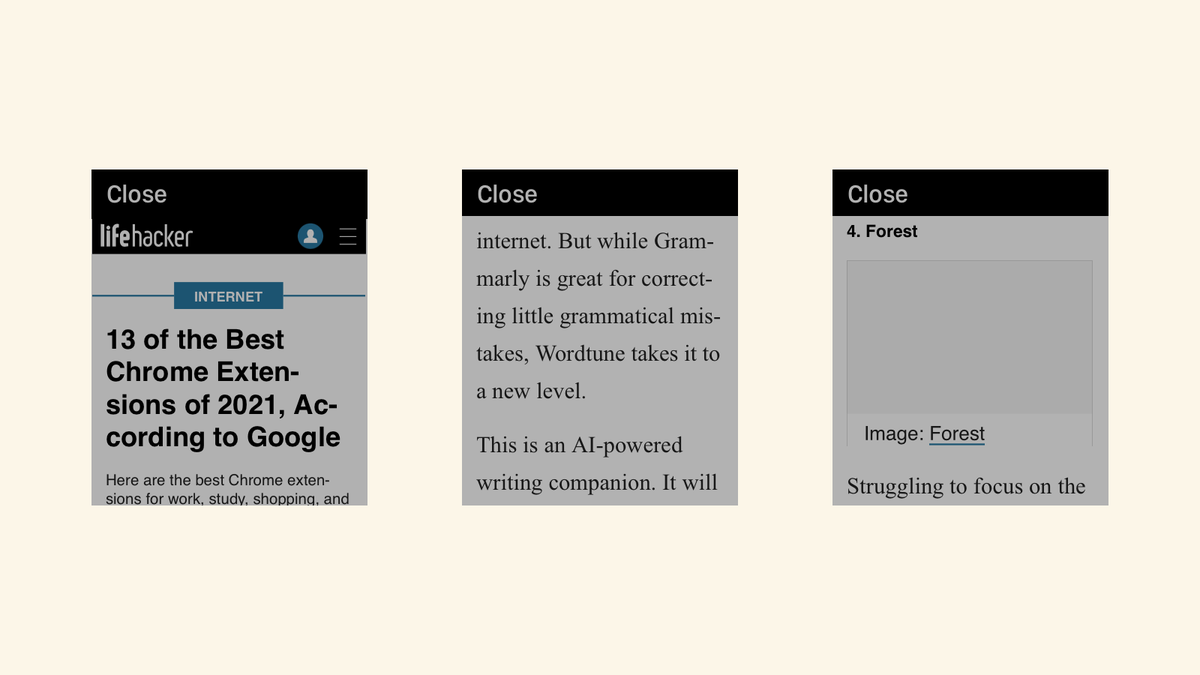
© EPA / BILL INGALLS / NASA / HANDOUT
Instead of fuel for 10 years, there should now be enough fuel on board for 20 years – because hardly any course corrections have been necessary so far.
The Journey of the James Webb Space Telescope to its destination at the Lagrange point 2 (L2) of the Earth-Sun system has so far been very successful. At a press conference on the progress in the development of the highly complex machine, another piece of good news could now be announced: Because the launch of the telescope with the help of its Ariane 5 launch vehicle was particularly precise, it now remains more fuel for course corrections on board the telescope than thought.
NASA had estimated before launch that the James Webb Space Telescope would have 10 years of fuel when it arrived at L2. Now it looks like it’s 20 years could be, according to Mission Systems Engineer Mike Menzel, among others, as Ars Technica reports. How long the fuel will actually last has not yet been finally decided.
The decisive factor for the final assessment is a course correction , the should take place on January 23 , how Space.com describes. The James Webb Space Telescope will be placed in orbit around L2, approximately 1.5 million kilometers from Earth.
Kudos to Arianespace
However, the fact that so much fuel has already been saved up to now is a source of great rejoicing. The rocket technicians receive a lot of praise from Arianespace who assembled the launch vehicle. You’ve put a lot of effort into this important mission. Among other things, a main engine was selected that had responded particularly precisely in tests. “It was one of the best Vulcan engines we’ve ever built,” says Ariane 5 program manager Rüdiger Albat.
More on the subject
Note: This article has been indexed to our site. We do not claim legitimacy, ownership or copyright of any of the content above. To see the article at original source Click Here













